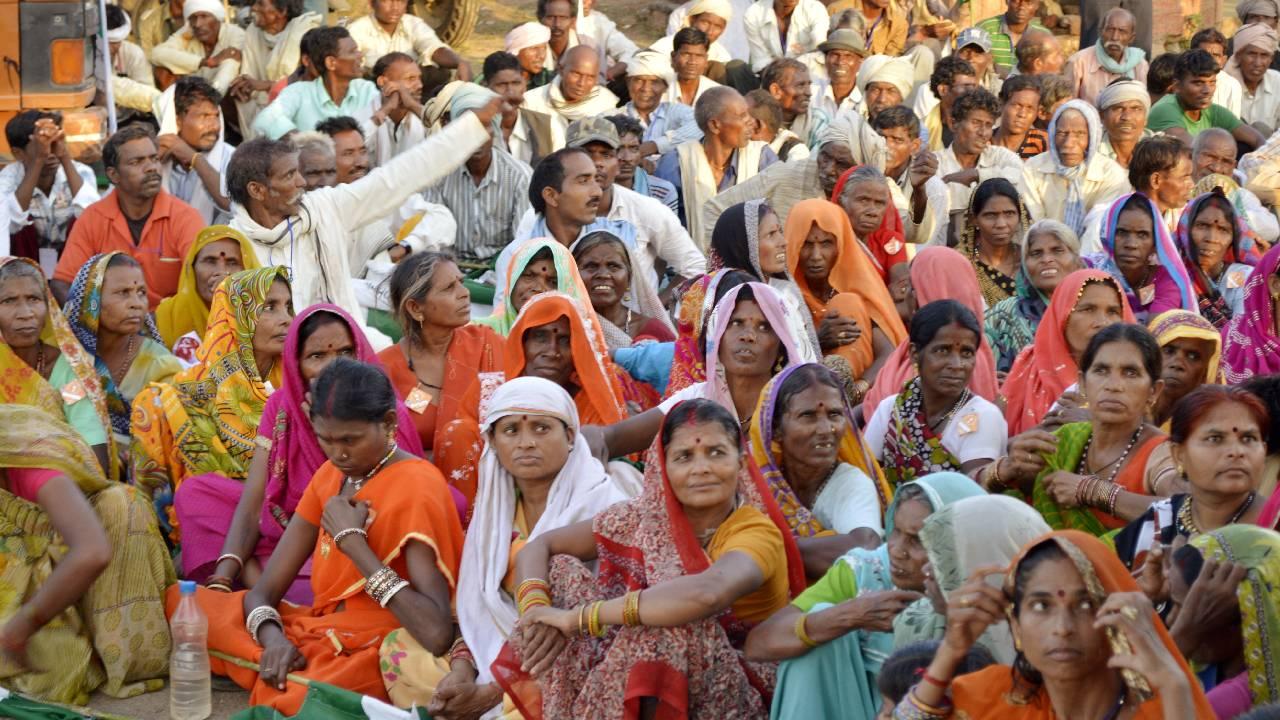Education and family conditions have improved significantly in India due to the targeted efforts of some social security schemes, says the just released State of Inequality report. The improvement was particularly noticeable in the area of water availability and sanitation, which has improved the standard of living, it adds.
Dr Bibek Debroy, Chairman, Economic Advisory Council to the Prime Minister (EAC-PM) released the State of Inequality in India report. This report is released by the Institute for Competitiveness and provides a comprehensive analysis of the trend and depth of inequality in India.
The report gathers information on inequalities in the sectors of health, education, family characteristics, and the labour market. As the report says, the inequalities in these regions make populations more vulnerable and force a slippage towards multidimensional poverty.
The report measures both inclusion and exclusion and contributes to the policy debate. It looks at five key areas that influence the trend and experience of inequality, like income distribution and labour market dynamics, health, education and family characteristics.
The report is based on data collected from the Periodic Labor Force Survey (PLFS), National Family Health Survey (NFHS) and UDISE. It includes chapters on the current state of inequality, areas of concern, successes and failures in infrastructural capabilities, as well as different topics that impact inequality. It expands on the concept of inequality by presenting a comprehensive analysis of the various deprivations that exist in the country. It is these deprivations that affect the overall development and welfare of the population. This study was conducted in different sections,
The report goes beyond the wealth estimates in 2017-18, 2018-19 and 2019-20. It focuses on the distribution of income to understand the flow of capital. The report emphasises that the concentration of wealth does not give a true picture of changes in the purchasing power of households as a factor in inequality. Searched data from PLFS 2019-20 shows that out of the number of earners, the initial 10% have a monthly salary of Rs 25,000. The initial 1% earners, together they earn 6-7% of the total income. Whereas the initial 10% of the earners account for one-third of the total income. Self-employed workers (45.78%), regular wage workers (33.5%) and informal workers (20. 71%). The lowest-income group also has the highest number of self-employed workers. The country’s unemployment rate is 4.8% (2019-20) and the worker-population ratio is 46.8%.
In the area of health infrastructure, there has been considerable development in infrastructure capacity, with more focus on rural areas. There were 1,72,608 health centres in India in 2005; now in 2020, their number be 1,85,505. States and union territories such as Rajasthan, Gujarat, Maharashtra, Madhya Pradesh, Tamil Nadu and Chandigarh have significantly increased health centres (including sub-centres, primary health centers and community health centres) between 2005 and 2020.
The report says that basic years of education and cognitive development are long-term remedial measures for inequality. As of 2019-20, 95% of schools had toilet facilities within the premises (95.9% for boys and 96.3% for girls); 80.16% of schools had smooth electricity connections, while 100% of schools in Goa, Tamil Nadu, Chandigarh, Delhi and Dadra & Nagar Haveli as well as Daman & Diu, Lakshadweep, Puducherry had electricity connections. The Gross Enrollment Ratio has also increased in primary, upper primary, secondary and higher secondary between 2018-19 and 2019-20. While speaking of family situations, So access to sanitation and safe potable water has led most families to a dignified life. According to NFHS-5 (2019-20), 97% of households have access to electricity, while 70% have access to improved sanitation services and 96% have access to safe potable water.
The available information on inequality, which this report brings to the fore, will be instrumental in formulating strategies, and roadmaps for social development and shared prosperity.


























